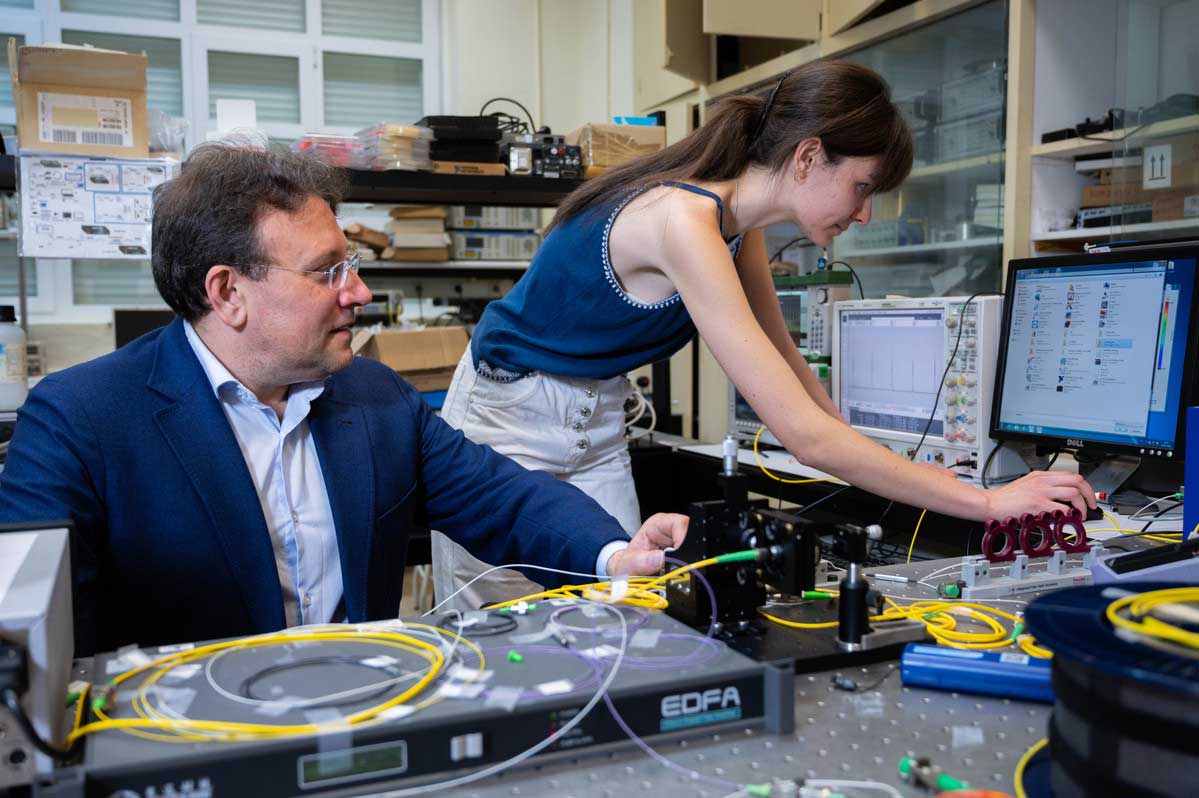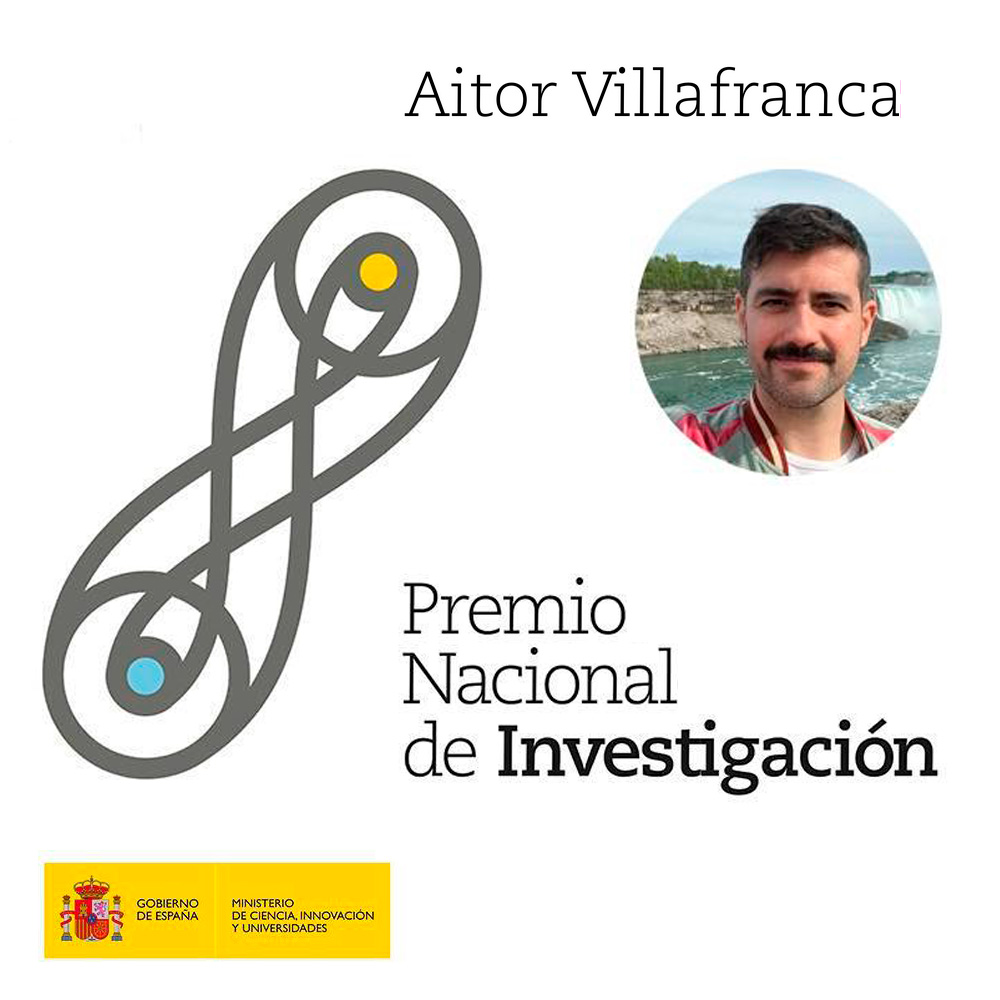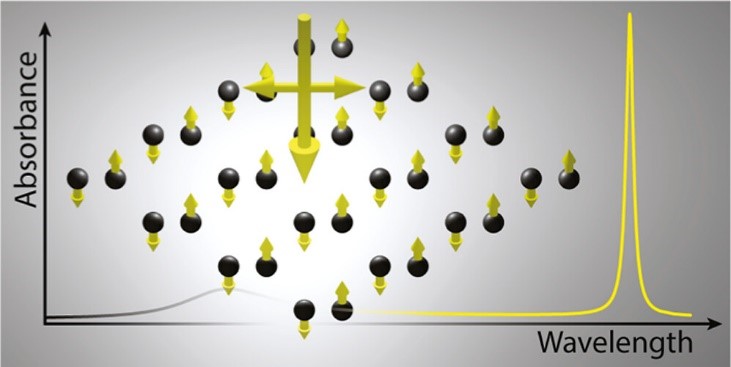A 25 km pulsed laser to help the environment
-
A team from the group Nonlinear and Nanoscale Guided Optics and the Tampere University multiplies the peak power and energies per pulse by 10.
These devices, which are based on the application of technology patented at the CSIC and in operation by the company FYLA Láser S.L., offer the possibility of manufacturing high-performance lasers with applications such as processing, at a considerably lower cost than previously existing technologies. of materials, the measurement of atmospheric pollutants, the development of LIDAR systems or precision metrology. The results are published in the Optics & Laser Technology.
Latest news

“The laser, a device that has already exceeded 60 years, is one of the most present technologies today in all areas of life, with thousands of applications ranging from consumer electronics to medicine or the industry”, explains Juan Diego Ania Castañón, director of the Institute of Optics and coordinator of the work. “This technology is constantly evolving, always looking for new solutions that respond to the needs of society.”
Ultra short pulsed lasers
Among the different types of lasers, ultra-short pulse lasers stand out, capable of generating light of enormous intensity concentrated in pulses that last only a few billionths of a second. The pulsed lasers designed at the CSIC are of this variety, and have the peculiarity of generating, naturally and taking advantage of the time that light takes to travel through the ring, only a few tens of thousands of pulses per second, thereby concentrating mode the laser energy into a small number of high intensity bursts of light.
In this recent study, it has been possible to multiply by 10 the peak power and the energies per pulse compared to the first generation of ultra-long pulsed lasers, which used rings of a few kilometers. All this with pulse durations of around 100 femtoseconds, or what is the same, 10-13 s or one tenth of a billionth of a second.
Detection of polluting gases
Precisely, one of the first applications of these devices, published last year, illustrated the possibility of using this family of light sources in the detection of polluting gases in the atmosphere using infrared spectroscopy, a very versatile technique that It is also used in fields as varied as medicine or exploration of the cosmos.
The generation of stable ultra-short pulses in kilometric fiber rings was considered impossible for years, until the CSIC team found the way. “The key was to produce solitons, or solitary waves, inside the fiber, and to generate the conditions for their preservation over long distances. These structures, initially observed in water channels in the 19th century, appear in a multitude of systems, from tsunamis or molecular chains to some cosmological models, and in our case, they make it possible to preserve the duration of the pulses despite the great length of the ring,” says Ania Castañón.
CSIC Communication
communication@csic.es
Related news
Aitor Villafranca, Spanish National Research Award 2024
He has received the award in the Angela Ruiz Robles Category, in Knowledge Transfer These awards are the most important recognition in Spain...
Normal Incidence Excitation of Out-of-Plane Lattice Resonances in Bipartite Arrays of Metallic Nanostructures
Madrid / January 15, 2024A team of researchers from the Institute of Optics of the CSIC and the Italian Institute of Technology have achieved a new...
Tunable bound states in the continuum in active metasurfaces of graphene disk dimers
Madrid / December 12, 2023A research team made up of researchers from the Institute of Structure of Matter and the Optics Institute of the CSIC, the...




